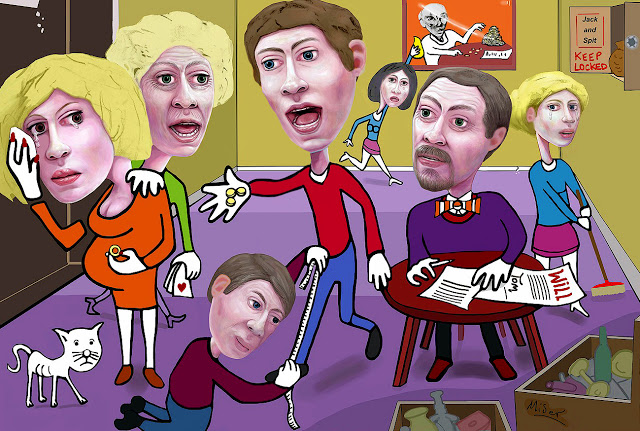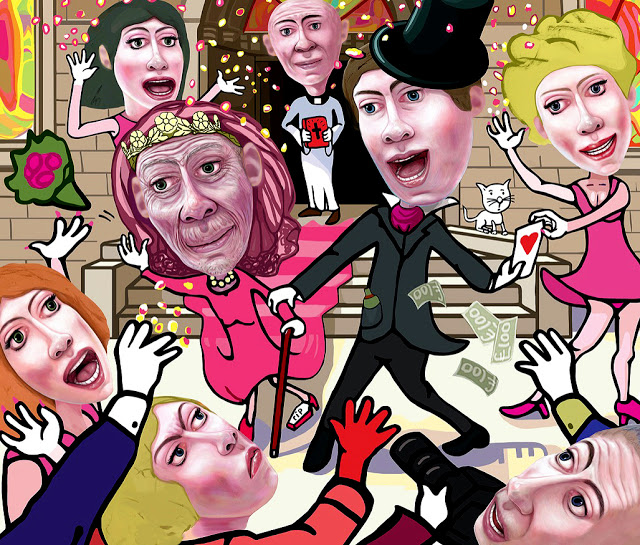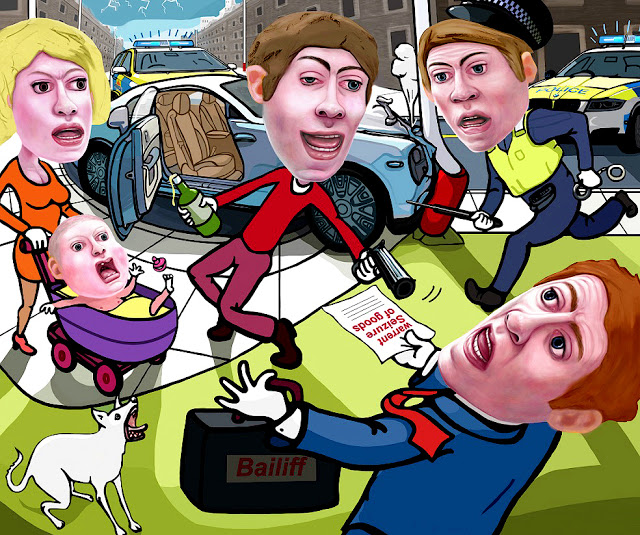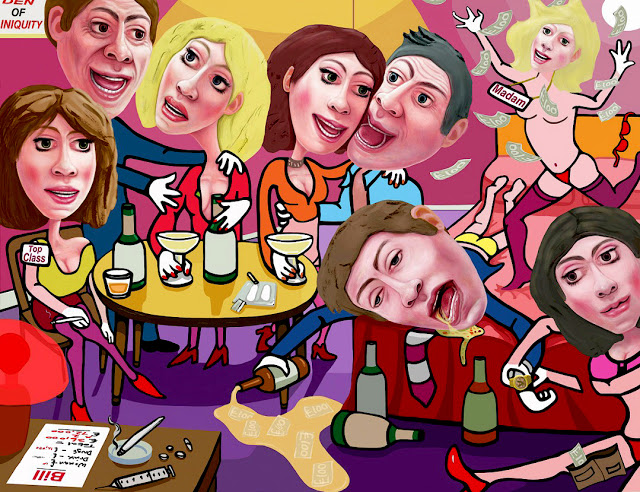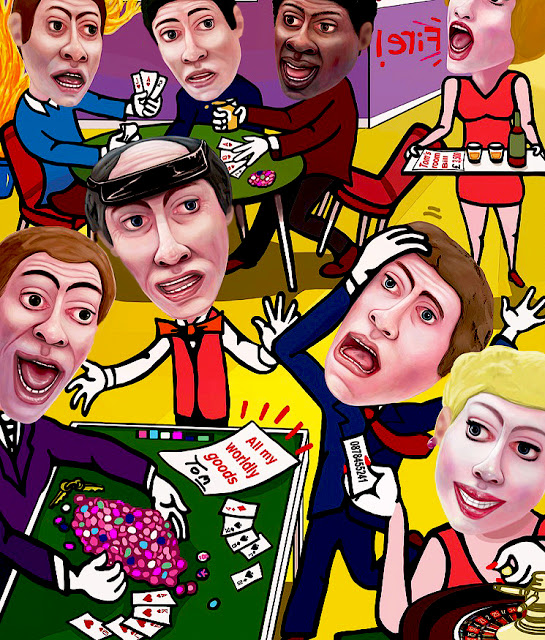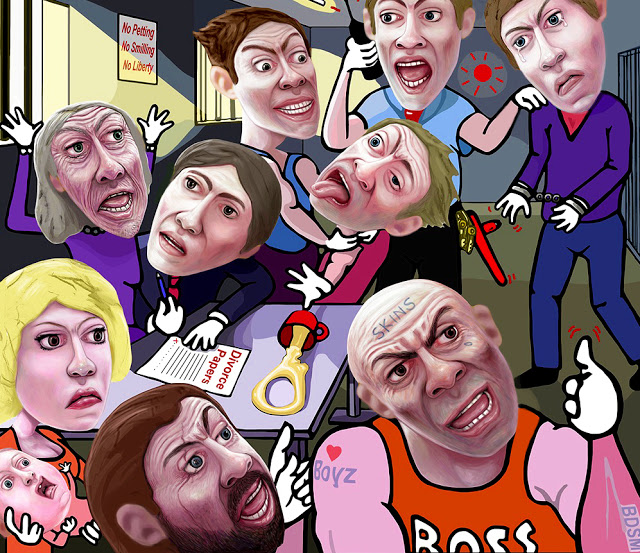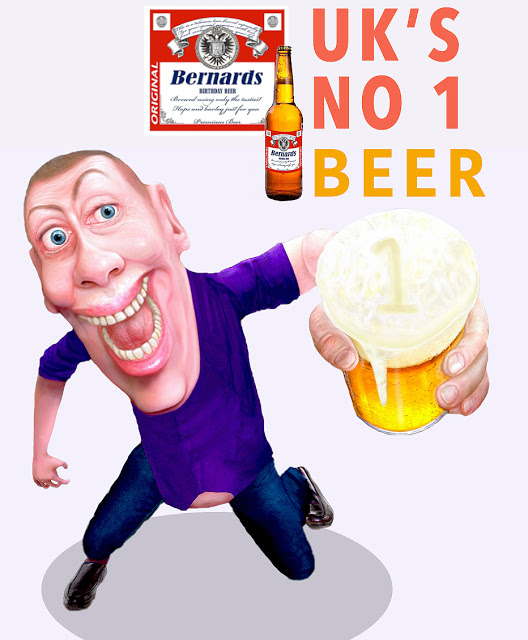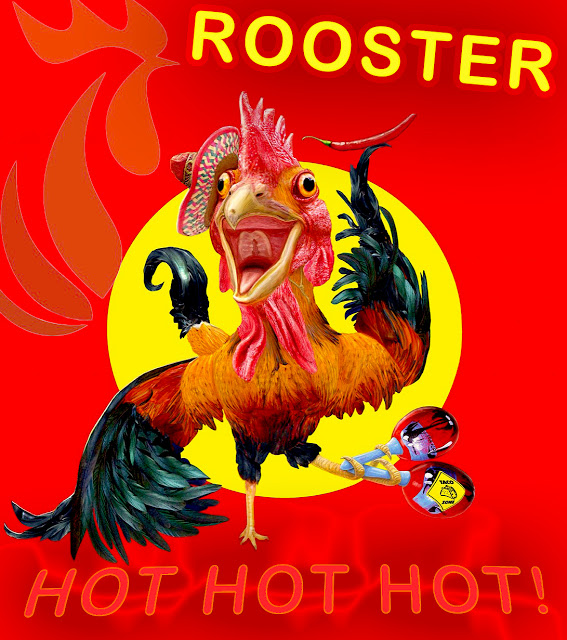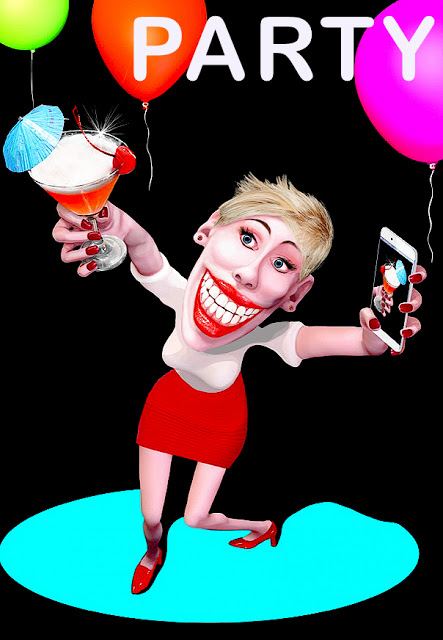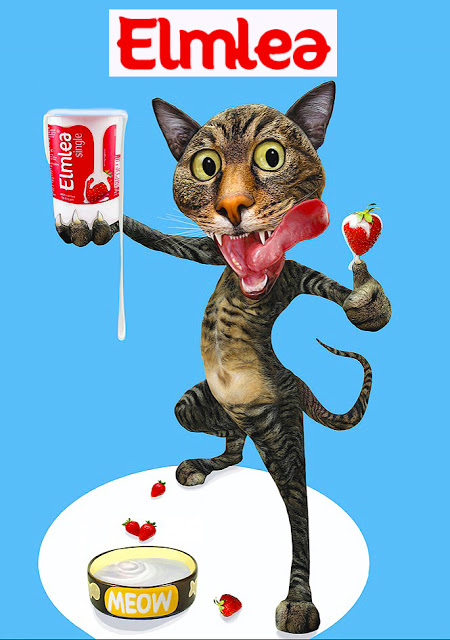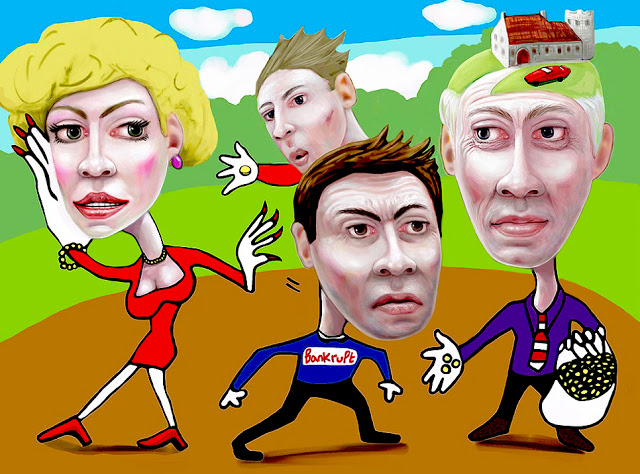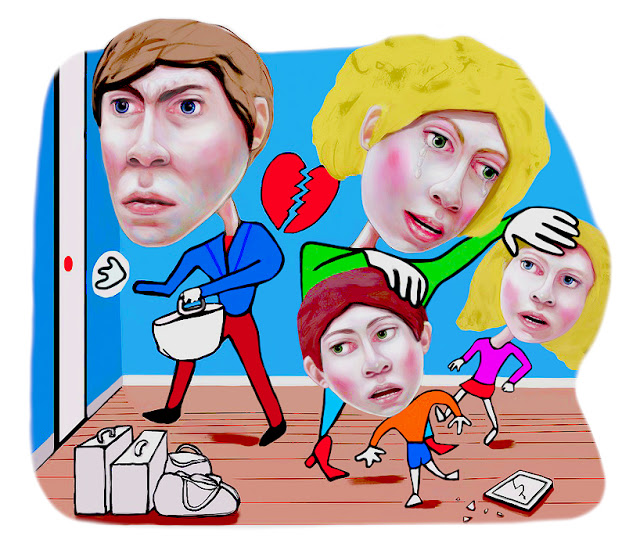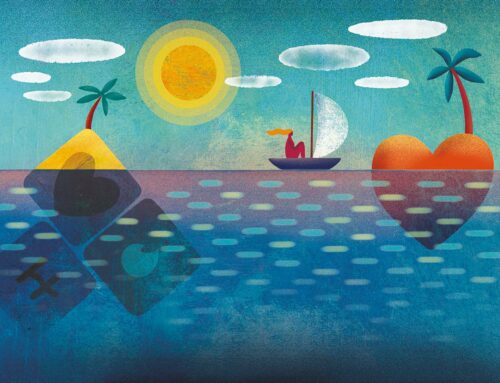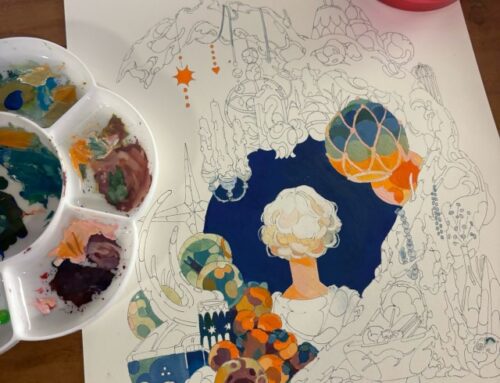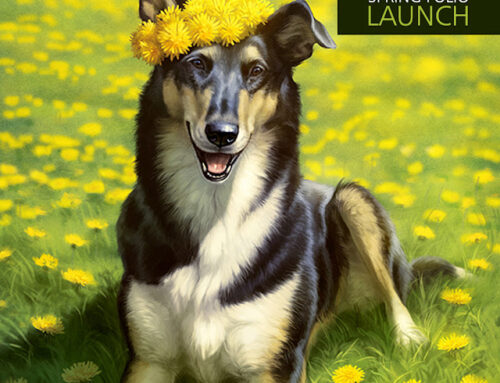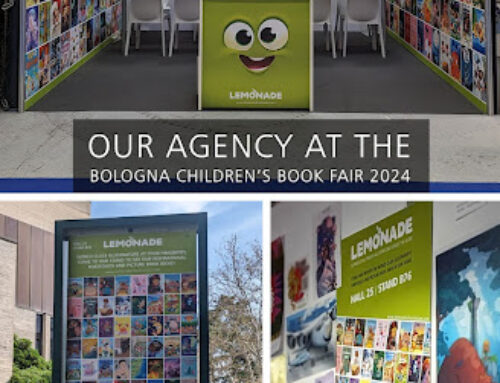It is now well known that for illustrators to prosper in todays climate, they must commit to new technologies to produce their work. Any research into the current state of illustration proliferates this message. During my MA I conducted vast research into the ways in which I could utilise digital illustration technology to produce my work. Through my research I found that flat blocks of colour where preferred, as are attributes of photography and realism, along with some exaggeration in bodily and environmental paradigms. These styles being most prevalent within a web environment, and secondarily within the editorial print/publishing market. I therefore began to devise a visual vocabulary, that would adhere to all of these principles. I set out to master digital technologies to assist me in the creation of my illustrations. The digital formats I choose were the Adobe suite, Corel painter, and Z Brush. It took me a good length of time to gain enough skill and knowledge acquisition to be able to use all of them effectively. Below are some examples of the work. The first are taken from a Rakes progress project.https://en.wikipedia.org/wiki/A_Rake%27s_Progress I illustrated the Rakes progress by William Hogarth in a contemporary style. This work was produced with Corel painter, adobe illustrator and photoshop.
The second few images are examples of photographic realism, and flat bold colours mixed with graphic design elements. These images where produced using Z brush modelling software, which was then wrapped with photographic elements and finished in photoshop with graphic design elements added:
The last image (fit Bit) is created using photoshop, in a slightly different style.The rakes progress style led me to work further in this vein, although I exaggerated certain elements further such as colouring, tone and lighting, to produce a bright, clean and contemporary style. Examples below:
So, where Am I now, well, I have now offered this digital work as part of my portfolio. This purely digital work is intended for Web based illustration formats, and editorial print options. All, the research dictates that digital methodology is the way forward for an illustrator, I have also become aware that a certain amount of diversification is required to be able to offer an extensive skill set and variable styles or sub styles (determined in the main by the use of differing media) to broaden an illustrators reach. Especially in todays environment were illustration in general has undergone much demise in popularity. The need to move with the times, grow technically, and maintain a progressive outlook is ever more inherent.

